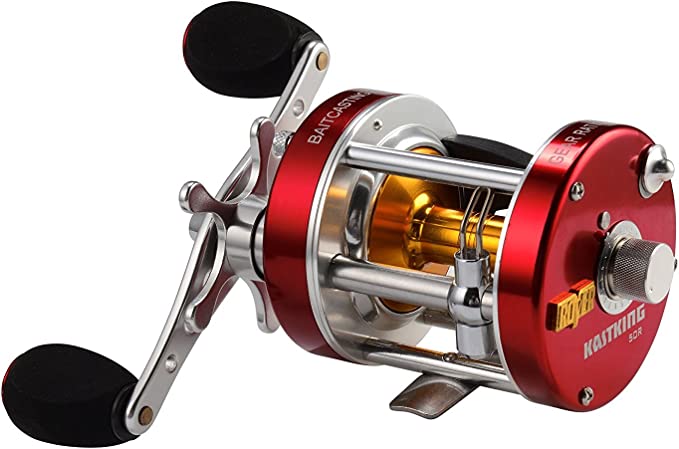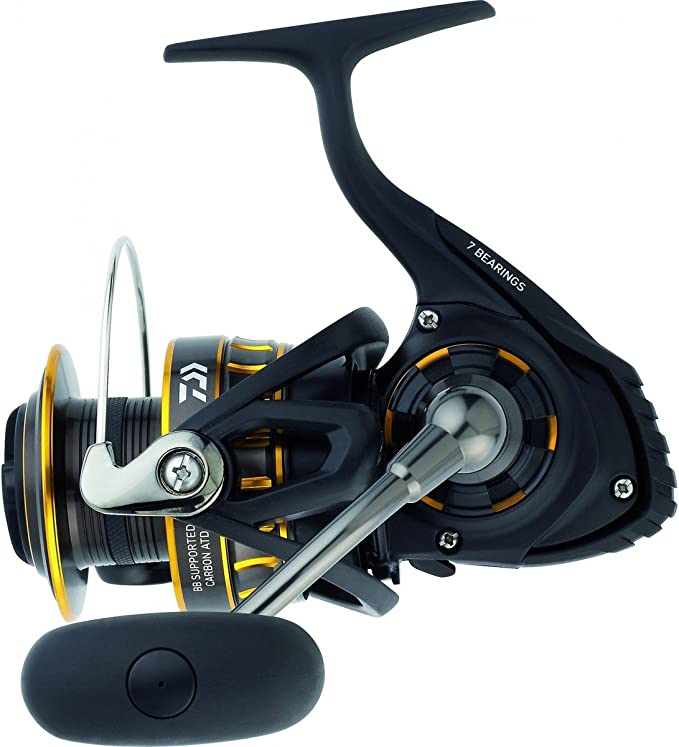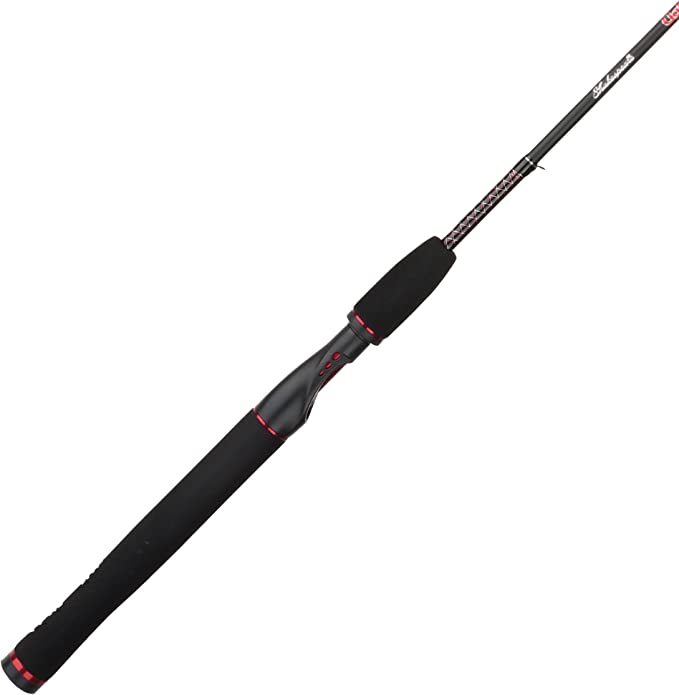The Algorithm of Barbecue: Engineering Precision with PID Control
Update on Nov. 18, 2025, 9:18 p.m.
The transition from charcoal to pellet grilling is a shift from art to engineering. While a traditional pitmaster relies on intuition to manage airflow and fuel, a modern pellet grill relies on algorithms. At the heart of machines like the recteq Deck Boss 590 lies a technology borrowed from industrial automation: the PID Controller.
To understand why this grill can hold a temperature variance of ±5°F—tighter than many indoor ovens—we must look beyond the steel and into the code. It is not just burning wood; it is solving a continuous mathematical equation of thermodynamics.

The Brain: Deconstructing the PID Loop
Traditional thermostats operate on a “bang-bang” control logic: if the temperature is low, turn on full blast; if high, turn off. This creates a sawtooth temperature profile with wide swings.
PID (Proportional-Integral-Derivative) control is fundamentally different. It calculates the error value (difference between setpoint and actual temp) and applies a correction based on three terms:
1. Proportional (P): Reacts to the current error. “We are 10 degrees low, add fuel.”
2. Integral (I): Reacts to the accumulation of past errors. “We have been low for 5 minutes, ramp up the baseline feed rate.”
3. Derivative (D): Reacts to the rate of change. “The temperature is rising too fast, cut fuel before we overshoot.”
In the Deck Boss 590, this algorithm dictates the speed of the auger and the RPM of the combustion fan. By constantly micro-adjusting these variables, it achieves a dynamic equilibrium. This is why you can bake a cake on a pellet grill; the convective heat is as stable as a laboratory incubator.
Metallurgy: The Truth About “Stainless Steel”
“Stainless steel” is a generic term. In the grill industry, manufacturers often use 430-grade steel, which contains iron and chromium but little nickel. It is magnetic and eventually rusts.
recteq specifies 304 Stainless Steel for the firepot, heat deflector, and drip pan.
* The Chemistry: 304-grade is an Austenitic alloy containing ~18% chromium and ~8% nickel. The nickel stabilizes the austenite structure, making the steel non-magnetic and significantly more resistant to corrosion and oxidation at high temperatures.
* Thermal Durability: In the firepot, temperatures can exceed 1000°F. Lower grade steels will scale and degrade (spalling) under this thermal stress. 304 stainless maintains its structural integrity, ensuring the “heart” of the grill doesn’t rot out after a few seasons of intense heat cycles.

The Ignition: Ceramics vs. Metal
The Achilles’ heel of early pellet grills was the hot rod igniter. These metal resistance heaters functioned like a toaster wire and eventually burned out.
The Deck Boss 590 utilizes a HotFlash Ceramic Ignition system.
* Physics: Ceramic igniters use a specialized conductive ceramic material that can withstand much higher temperatures (up to 1800°F) without oxidizing.
* Performance: Because they get hotter faster, they ignite the wood pellets via pyrolysis (thermal decomposition) more rapidly. This reduces the “smoke bomb” startup phase and puts less strain on the induction fan. Rated for 100,000 cycles, the ceramic element effectively removes ignition failure as a maintenance concern.
The Flavor Paradox: Clean Combustion vs. Smoke
There is a trade-off with PID precision. The goal of the controller is Complete Combustion—maximizing heat efficiency and minimizing emissions. However, barbecue flavor comes from Incomplete Combustion (smoke). * The Smoke Ring: This is a chemical reaction between nitrogen dioxide (NO2) from the combustion gases and the myoglobin in the meat. Efficient, hot fires produce less NO2. * The Solution: To get heavy smoke flavor on a PID grill, one must understand the “low and slow” chemistry. Cooking at lower temperatures (180-225°F) forces the controller to starve the fire slightly, allowing the pellets to smolder rather than burn cleanly. This generates the visible “blue smoke” rich in flavor compounds (guaiacol, syringol) that defines authentic BBQ.

Conclusion: Smart Thermodynamics
The recteq Deck Boss 590 is a testament to the power of feedback loops. By wrapping a biomass burner in a layer of computational logic and housing it in high-grade metallurgy, it transforms the chaotic nature of fire into a predictable utility. It allows the cook to focus less on fire management and more on food chemistry.



















